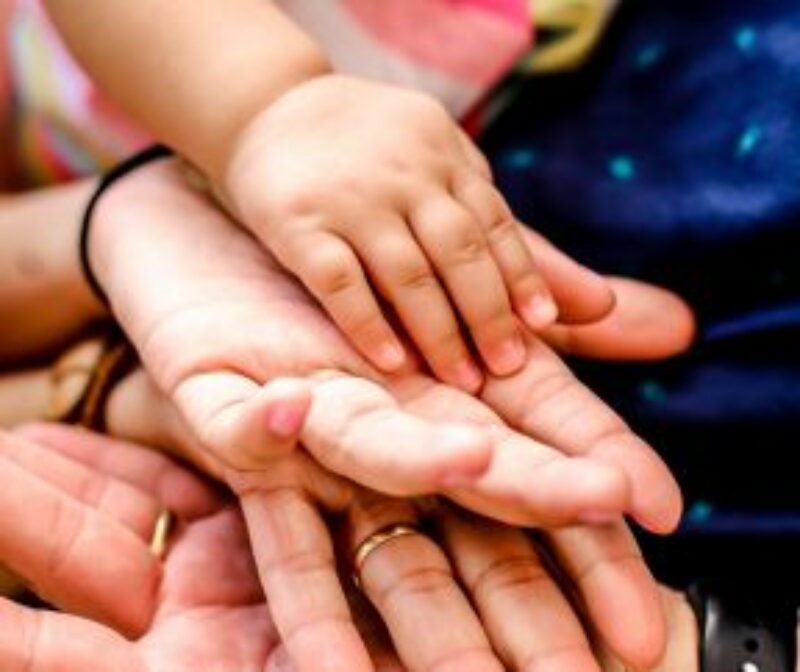Photo by: Diana Simumpande on Unsplash
Religion and spirituality are often overlooked as potential resources for promoting positive youth development. However, two decades of research affirms that being engaged in religion and having a sense of spirituality can enable young people to thrive. Consequently, Sam Hardy, professor of psychology from Brigham Young University, and I edited a special issue of the Journal of Adolescent Research in order to capture the latest research on the psychological processes within adolescent religiousness and spirituality that promote positive development in youth.
Religious vs. Spiritual Development
This issue, titled Processes of Religious and Spiritual Influence in Adolescence, provides two important theories on understanding the significance of religion and spirituality for youth development, and features cutting edge studies on specific research questions. Psychological science can be extremely helpful in understanding what goes on within religion and how it may impact young people’s development.
Although religion and spirituality are different concepts within psychology, they are both multifaceted and engage youth in many different ways and levels. For example, religious development often refers to how a person changes over time and grows in their capacity to engage in the beliefs, doctrines, community, practices, and rituals of a religious tradition. On the other hand, spiritual development involves one’s increasing abilities to experience and respond to one’s experience of God, the sacred, or the transcendent. This not only involves awareness of God, but also making meaning, forging identity, motivation systems, and behaviors that are aligned with one’s understanding of the transcendent. It’s important to note that for most people being religious and being spiritual overlap to a great extent.
The Associated Benefits
Three categories within religion and spirituality have been identified as positive developmental assets:
Ideological Resources
This has to do with the beliefs, values, and morals available through religious and spiritual traditions. These are the narratives that inform what is right and wrong, what’s of most importance, and allows young people to find meaning, make sense of challenges, and forge an identity.
Social Resources
These are the relationships available through religious congregations and communities that offer role models who support one’s faith development, social capital that provides access to opportunities beyond the congregation, and opportunities to lead and serve.
Transcendent Resources
Transcendence refers to a young person’s sense of belonging to something greater than themselves and the mundane of everyday life. For example, knowing oneself as a beloved child of God or being a part of God’s covenant people can be a very empowering and reassuring idea.
Religious and spiritual traditions provide sacred texts, doctrines, communities, practices, and rituals that enable young people to access these important ideological, social, and transcendent assets. These three together are a potent combination that can have positive impact on youth.
Click here for a free PDF with a graphic to share with your communities.
Continue Exploring

Spirituality
Adolescents and Spirituality: How Transcendent Experiences can Create Resilient Teens
Research with Compassion International yielded results explaining the assets that come from spirituality across countries and challenges.

Youth
Kids and Community (Part 1): How to Find the Right One for Your Kids to Thrive
How do you find a community to support your family? What kinds of support help families grow spiritually healthy and thrive.

Youth
Kids and Community (Part 2): Adolescents and the Value of Loving Relationships that Display a Loving God
Why do kids need a community that models love, and what does emotional safety have to do with it. Part 2 of a 3-part series.

